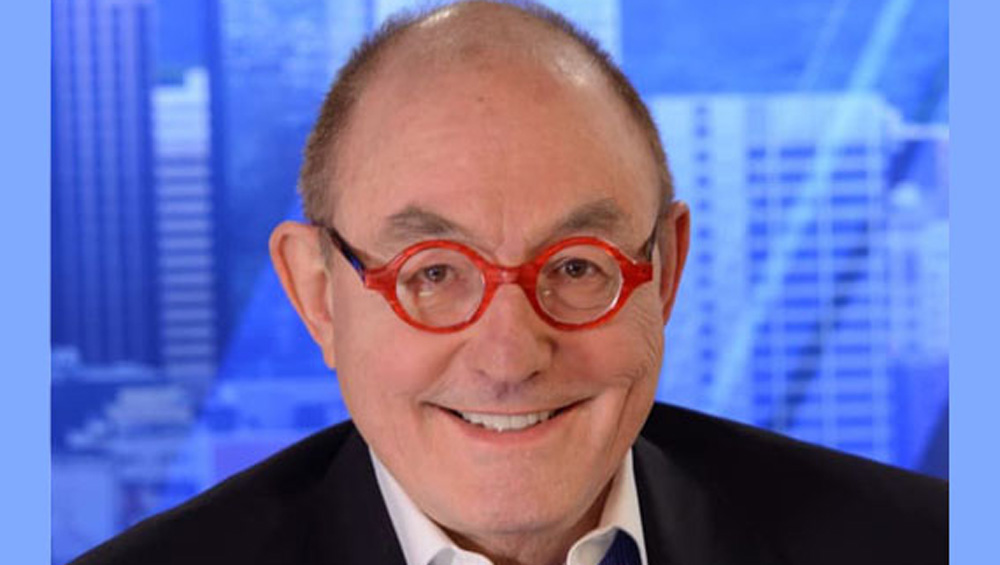
The Price Point | TV Station Staff Safety Should Be No. 1 Priority

We’ve all seen the reports of death threats and other outrageous behavior toward Gayle King for asking WNBA player Lisa Leslie about a sexual allegation regarding Kobe Bryant. King was mortified when CBS chose that one nugget of a longer interview to promote the interview.
The barbaric intimidation, threatening behavior and name calling she has suffered since then is the slimy underside of social media. King has paid a high price for simply doing her job.
King’s story deservedly received attention, but there was an equally important story last week that gained far less notice, one that has affected hundreds of women on television over the years and continues to be a genuine problem.
According to news reports, David E. Silvan, 42, of Philadelphia, was convicted of multiple misdemeanor charges of harassment and stalking of WCAU anchor Tracy Davidson. Davidson told a judge she became “scared” when packages of lingerie, pornography and letters expressing romantic feelings for her were delivered from an unknown person to her home. “I always felt safe in my home. That was my sanctuary…. That’s completely gone now.”
Davidson’s story is important because harassment by unhinged viewers, especially the threat of unwanted sexual attention, is a problem for women appearing on television across the country. I can tell you from seeing it up close, this kind of persecution takes a terrible toll on people who have done nothing to deserve it.
Every general manager, every news director, has seen the consequences. Sad to say, it is not limited to larger markets. Look no farther than the disappearance of Jodi Huisentruit in Mason City, Iowa, to realize the problem affects all size stations.
Popular anchors are used to dealing with hundreds of viewer emails, including those expressing a misguided romantic interest. Fortunately, truly scary emails, social media posts and phone calls are rare, but they do happen. Some are from harmless jerks, but occasionally a genuinely bad actor shows up, which is why those kinds of messages cannot be ignored.
Having dealt with this type of thing far too many times, I’ve learned some important lessons for management, starting with taking every threat seriously. It is important for everyone to know you want to hear about any incident the first time it happens, not the third or fourth. People have a tendency to think things will go away if they are ignored. The bad ones usually don’t.
Second, no matter what kind of budget you may be dealing with, make sure women who arrive or leave work in the middle of the night have a human escort. Cameras and lighting are not an adequate replacement.
Sad to say, over the past year we have seen instances of female reporters being kissed, slapped and otherwise abused during live shots. Stations should now have safety plans for field work.
I could go on, but here is the most important point. Always bring police into the picture right away. In my experience, the police have always been responsive and glad to help. Sometimes they even know the person. They are also a great source of advice for those being victimized.
We can’t protect our staffs from everything, but we’ve seen this particular problem too many times to not recognize it and take action. Nothing less is acceptable.
Hank Price is a media consultant, author and speaker. He is the author of Leading Local Television, a handbook for general managers. He spent 30 years managing TV stations for Hearst, CBS and Gannett, including WBBM Chicago and KARE Minneapolis. He also served as senior director of Northwestern University’s Media Management Center and is currently director of leadership development for the School of Journalism and New Media at Ole Miss.

































Comments (0)